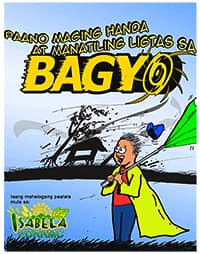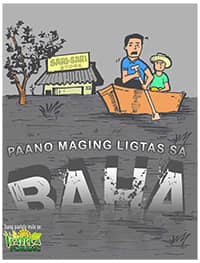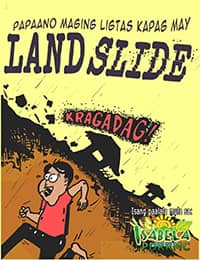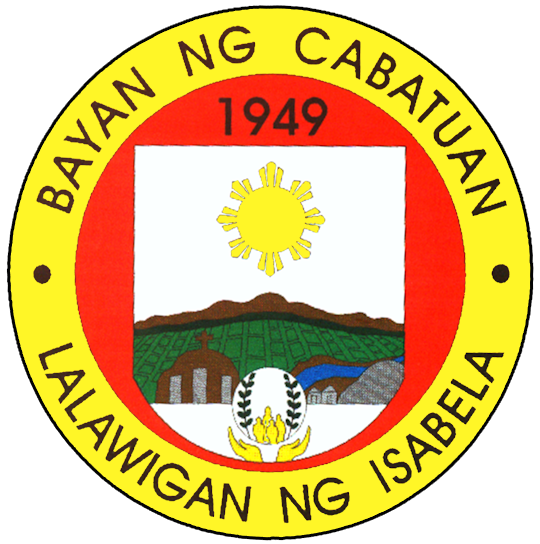|
Website: cabatuan-isabela.gov.ph
The land where Cabatuan now nestles was once covered with forest, teeming with vegetation, wildlife and fish, nurtured by the mighty and winding Magat River. Its history started when one of the indigenous people from the mountain provinces settled down in the vast valley of Cagayan. This tribe is known as the Kalingas, the name is believed to have come from the Ibanag and Gaddang word which means “headhunters”.
The pioneering Ilocanos from the North started arriving in 1912, bringing with them their families, relatives and friends. The Ilocano Christians first settled in the forest-covered land far from the river, but the natives in “bahag” (g-strings) who were living along the banks considered it an intrusion which later led to nightly tensions. As soon as the sun sets, the able bodied natives raided settlers’ homes and stole their personal properties. And when they resisted, the indigenous inhabitants caused them trouble and harm. To protect themselves from the Kalingas, the Christians stockpiled stones around their sleeping chambers. Whenever the sound of “tangguyob” (horn bugle) was heard, this cautioned the Christians that the Kalingas has arrived. The Christians would defend themselves by throwing stones at the natives. This went on until a certain Bonifacio Bangug, a native of the Municipality of Piddig, Ilocos Norte and had long lived with the Kalingas, initiated a peace pact. A successful negotiation ensued. Don Bernardo C. Dacuycuy headed the Christians while a certain Infiel Utleg represented the Kalingas. Finally, an agreement of friendship came up between the two parties.
To strengthen the developing friendship, the Christians distributed used clothing, kitchen and table utensils and farm equipment to the natives. The Christians also traded salt in exchange for Kalingan goods. After years of friendship, Kalingas were converted to the Christian faith and whenever a Kalinga child was baptized, their parents adopted the Ilocano godparent surname for their child to legally use. Soon the Christians and Kalingas lived in peace and harmony and enjoyed the fruits of the rich land they filled.
During those days, the place was always referred to as “Ambatuan”, a Kalingan word which means “no stones”. However, the new settlers found an abundance of stones along the Magat. At another text, they branded the place “Ambatuan” on the very act when the Christians and Kalingas were throwing stones at each other. As time passed by, the name “Ambatuan” evolved to “Cabatuan”.
|
Facts and Figures
Sources: https://www.dbm.gov.ph, PENRO-Isabela, PPDO-Isabela, https://psa.gov.ph |































































